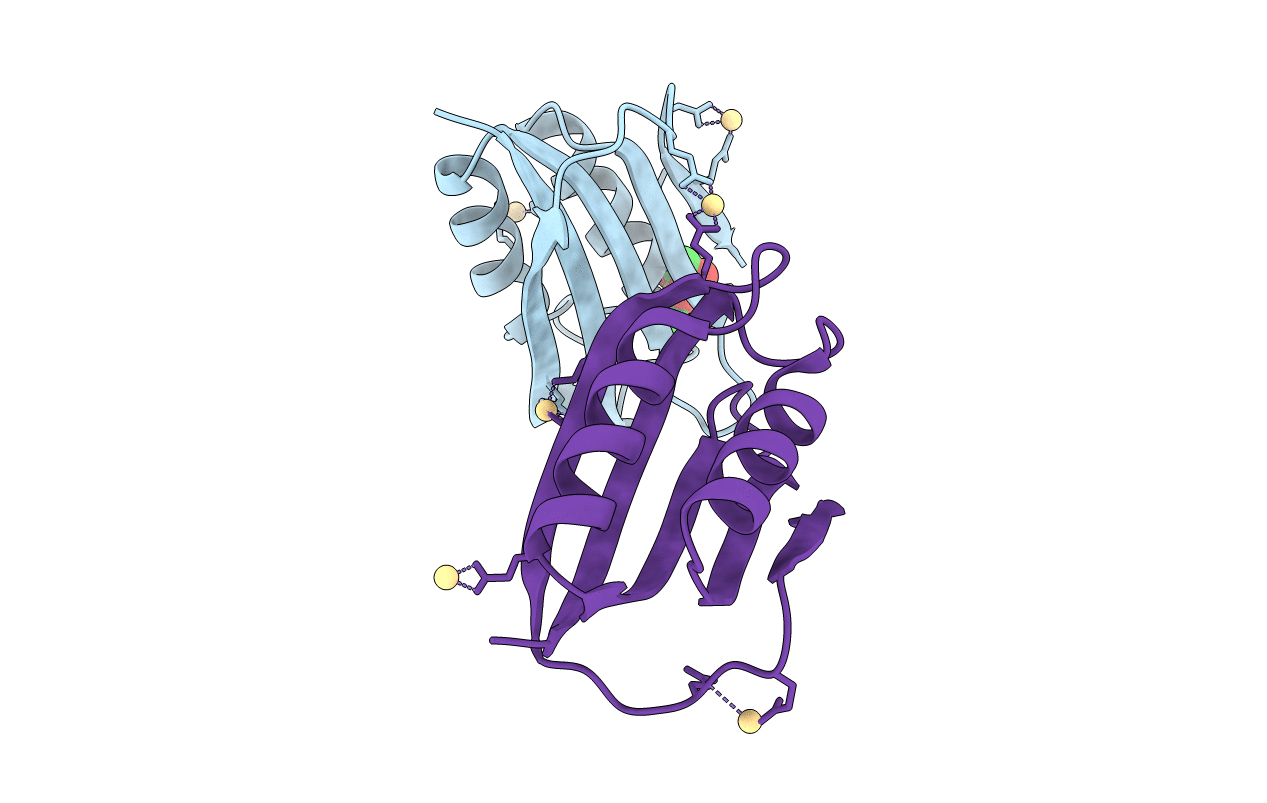
Deposition Date
2005-02-02
Release Date
2005-11-23
Last Version Date
2023-12-13
Entry Detail
PDB ID:
2BJD
Keywords:
Title:
Sulfolobus Solfataricus Acylphosphatase. Triclinic space group
Biological Source:
Source Organism:
SULFOLOBUS SOLFATARICUS (Taxon ID: 2287)
Host Organism:
Method Details:
Experimental Method:
Resolution:
1.27 Å
R-Value Free:
0.17
R-Value Work:
0.13
R-Value Observed:
0.14
Space Group:
P 1


